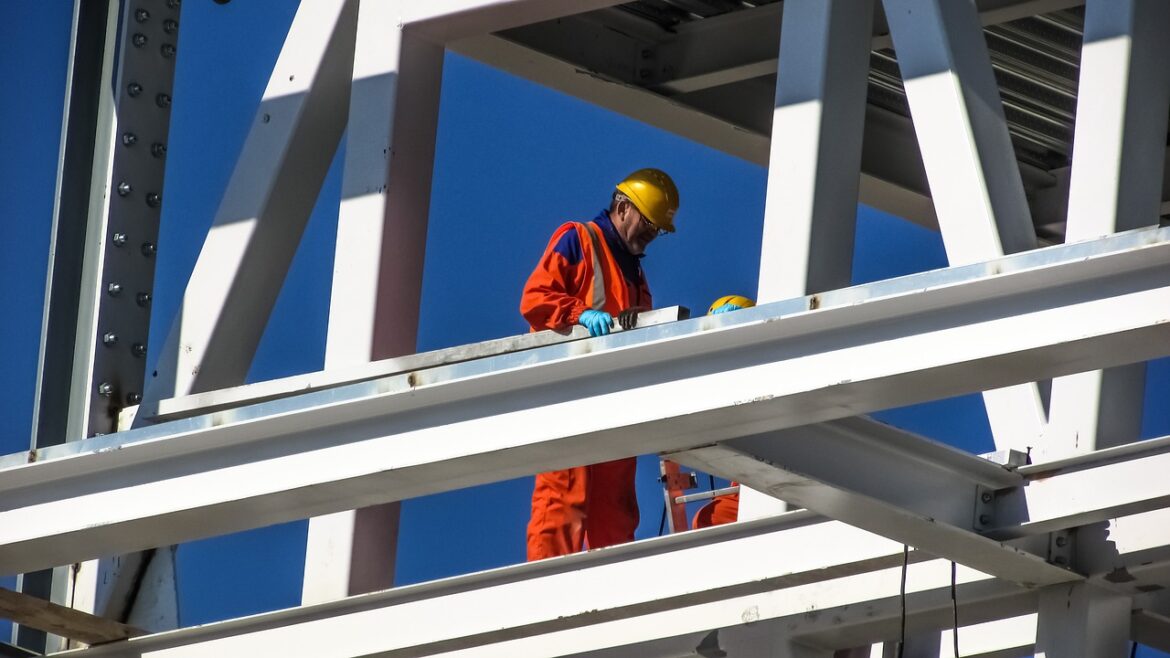Introduction to Sustainable Construction
Imagine a world where buildings not only shelter us but also protect our planet. Welcome to the era of sustainable construction, where eco-friendly practices are no longer just a trend but a necessity. In this article, we’ll dive into the latest developments in sustainable building, covering everything from innovative materials to waste management solutions.
Emerging Trends in Sustainable Materials
Bamboo and Beyond
Bamboo is making headlines as a $214.3 billion star in sustainable construction due to its low-carbon and fast-growing nature. Used for a variety of building components, it offers a versatile alternative to traditional materials. Moreover, the U.S. sustainable construction materials market is growing rapidly, with an estimated annual growth rate of 10.8% from 2025 to 2034. This boom indicates a significant shift towards more environmentally friendly building practices.
Other Innovations
Other sustainable materials gaining traction include recycled plastics, low-carbon cement, and sustainable wood alternatives. These materials help reduce the environmental impact of construction by decreasing carbon footprints and waste.
Green Building Design and Technologies
Passive Solar and Smart Systems
Green building designs now incorporate advanced passive solar strategies and smart technologies to enhance energy efficiency. Techniques like optimal window placement and thermal mass integration reduce the need for heating and cooling systems. Advanced insulation and efficient mechanical systems are becoming standard, minimizing operational carbon emissions. Companies like Tishman Speyer are leading the way with innovative designs that include hybrid cooling systems and renewable energy integration.
Renewable Energy and Smart Buildings
Solar, wind, and geothermal energy are transforming buildings into net producers rather than consumers. The use of AI and predictive analytics ensures that buildings run efficiently while minimizing waste. For instance, some buildings now generate more energy than they consume annually, achieving energy independence and eliminating operational carbon emissions.
Sustainable Construction Equipment and Practices
Electric Machinery and Prefabrication
The construction industry is moving towards electric and alternative-fuel equipment to reduce emissions. Electric excavators, bulldozers, and cranes offer zero tailpipe emissions, especially for smaller projects. Additionally, prefabrication techniques minimize waste and on-site energy use, showcasing a cleaner, more efficient construction process.
Greener Waste Management Solutions
Recycling and Reuse
As the world accelerates its quest for a greener future, sustainable waste management has become a priority. The construction and demolition waste management market is projected to grow from $215.8 million in 2025 to $301.7 million by 2032. This growth is driven by stringent regulations and the increasing demand for recycling and responsible disposal of materials like concrete, asphalt, and metals. The goal is to reduce the ecological impact of construction waste, which currently accounts for nearly one-third of global waste.
Practicing Environmental Sustainability in Construction
Sustainable construction isn’t just a moral imperative; it’s also a business opportunity. As governments and clients increasingly demand eco-friendly buildings, companies that lead in sustainability will be ahead of the curve, both environmentally and competitively. This shift involves adopting cleaner practices, using sustainable materials, and implementing efficient technologies to ensure that the construction sector plays its part in a greener, more sustainable future for all.
Key Trends and Takeaways:
- Growing Demand for Green Buildings: More builders are seeking low-carbon alternatives like bamboo for construction.
- Technological Advancements: Integration of AI, renewable energy, and smart systems for efficient building operations.
- Sustainable Waste Management: Recycling and responsible disposal of construction waste are becoming essential practices globally.
How It Impacts Us
Companies like Tishman Speyer are setting benchmarks with their green construction methods, obtaining rigorous environmental certifications, and implementing state-of-the-art systems that reduce energy use and emissions. Their commitment to sustainability serves as a model for other builders and developers worldwide. The journey towards a sustainably built future is gaining momentum, driven by innovative materials, green technologies, and waste management strategies. As we build and renovate, embracing eco-friendly practices isn't just good for the planet—it's good for business too. By shifting towards greener construction habits, we're crafting homes and cities that are healthier, more efficient, and ready for a better tomorrow. References:Leading the Green Construction Charge
Conclusion



